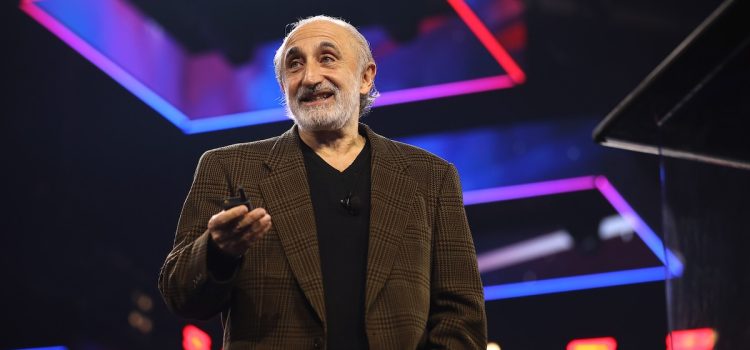Are dangerous ideologies spreading through our universities and institutions like infections? What happens when emotion overtakes logic in academic and public discourse? Gad Saad’s The Parasitic Mind: How Infectious Ideas Are Killing Common Sense presents a provocative diagnosis of society. Saad warns that certain progressive movements are undermining the core values that built Western civilization. His book examines how these ideas spread and what they mean for the future. Read more to discover Saad’s framework for understanding modern intellectual conflicts and his prescription for defending reasoned debate.
Gad Saad’s The Parasitic Mind: Book Overview & Takeaways










